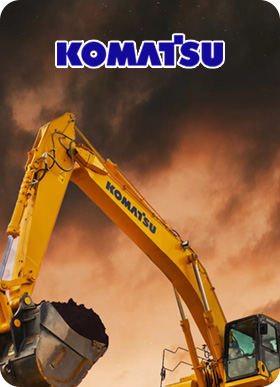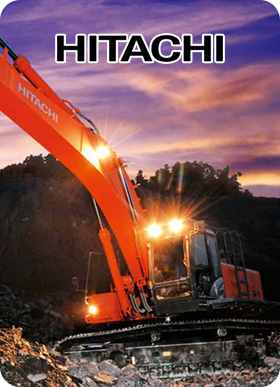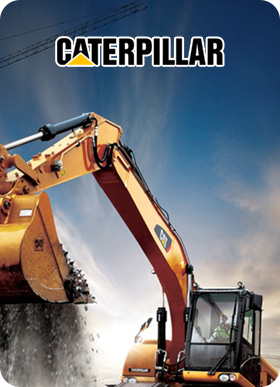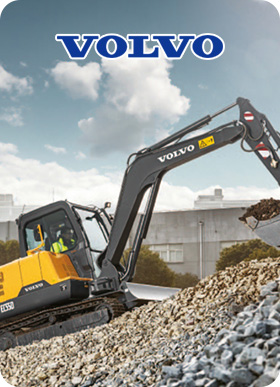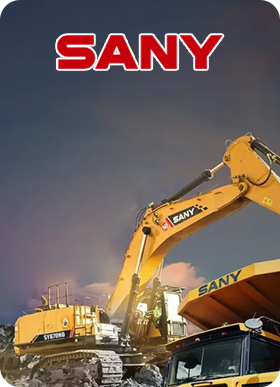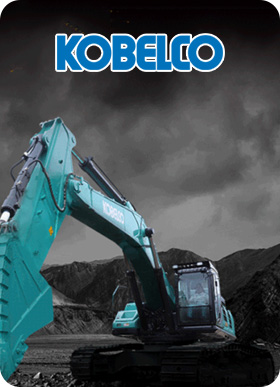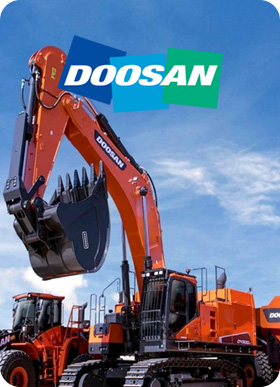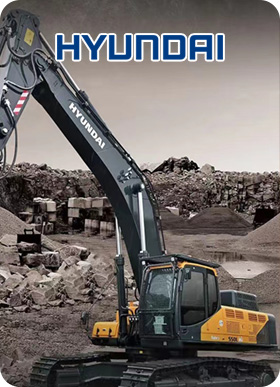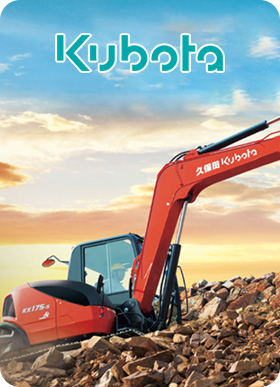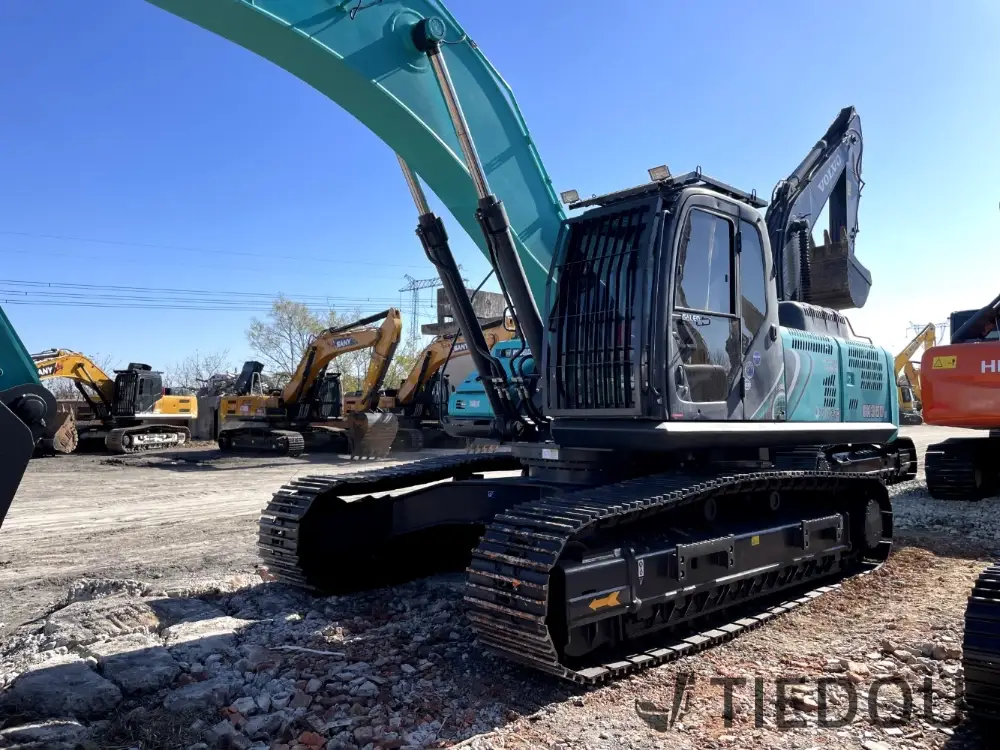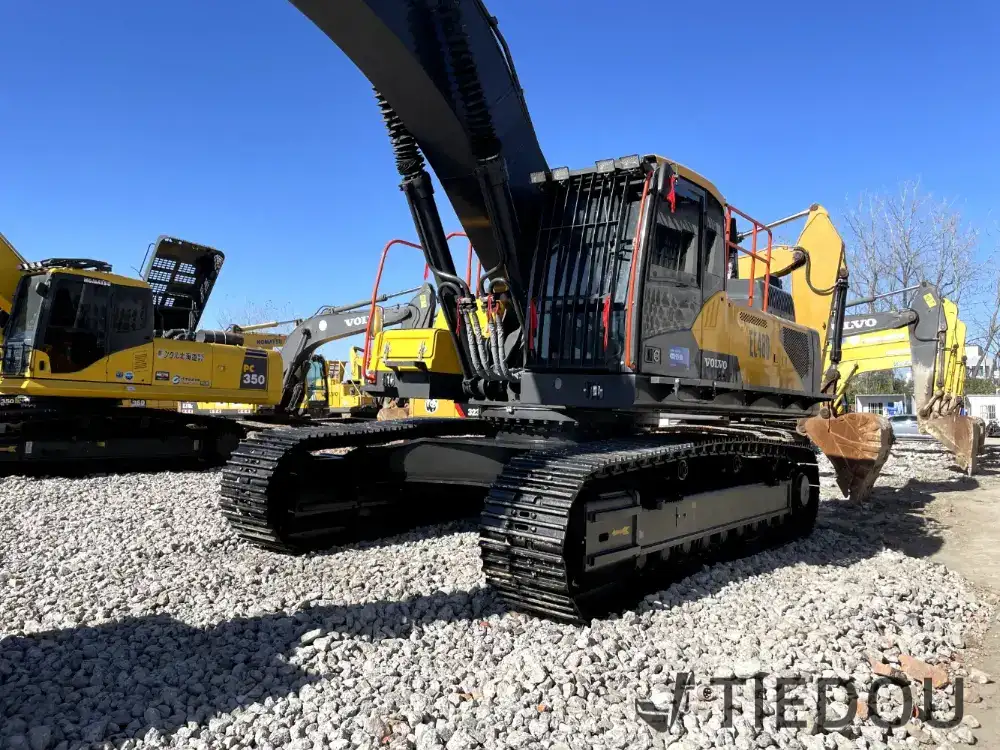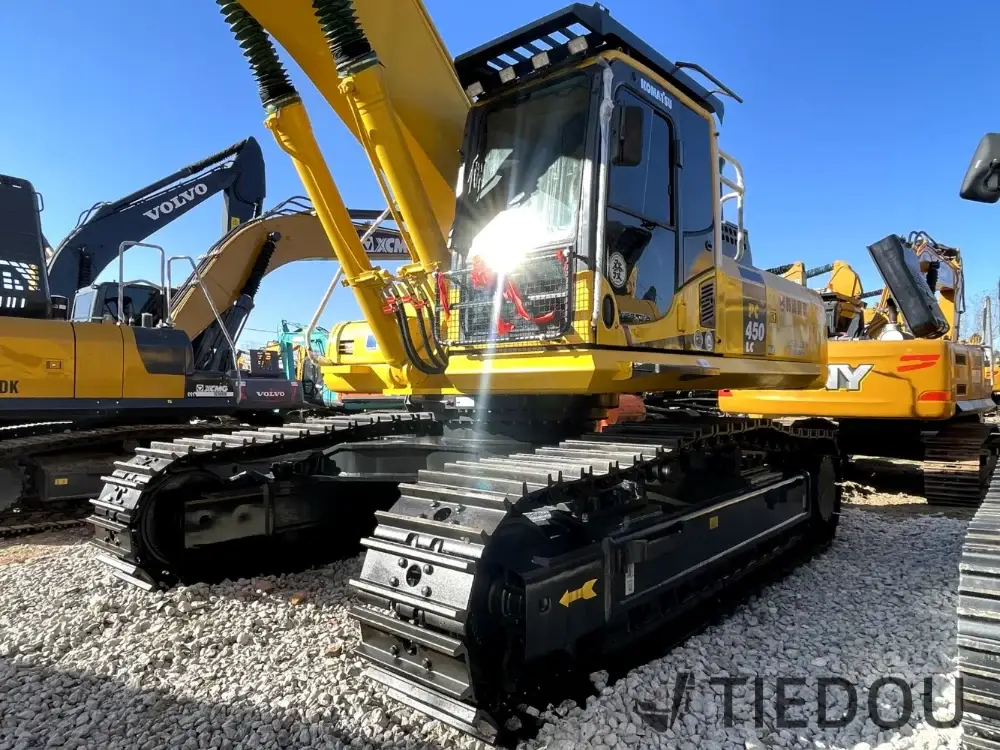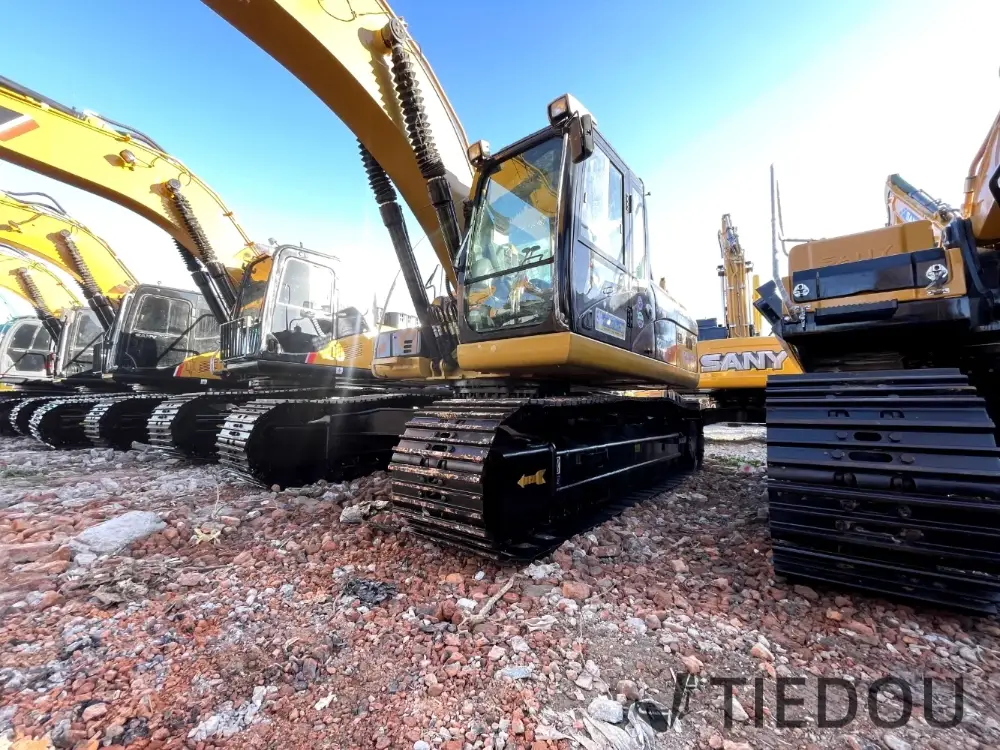In the arena of engineering construction, second-hand excavators in the 30 - 40 ton class play a crucial role. Today, let's focus on this domain and conduct a comprehensive comparison of ten popular models, namely the Kobelco SK350, SANY SY365, Caterpillar 336, Komatsu PC350, Hitachi ZX350, Volvo EC360, Doosan DX345LC, Hyundai HX350L/R350LVS, and Liebherr R924 LC. We will explore their technical secrets, advantages, disadvantages, and suitable engineering scenarios, providing you with a precise roadmap for choosing a second-hand excavator.
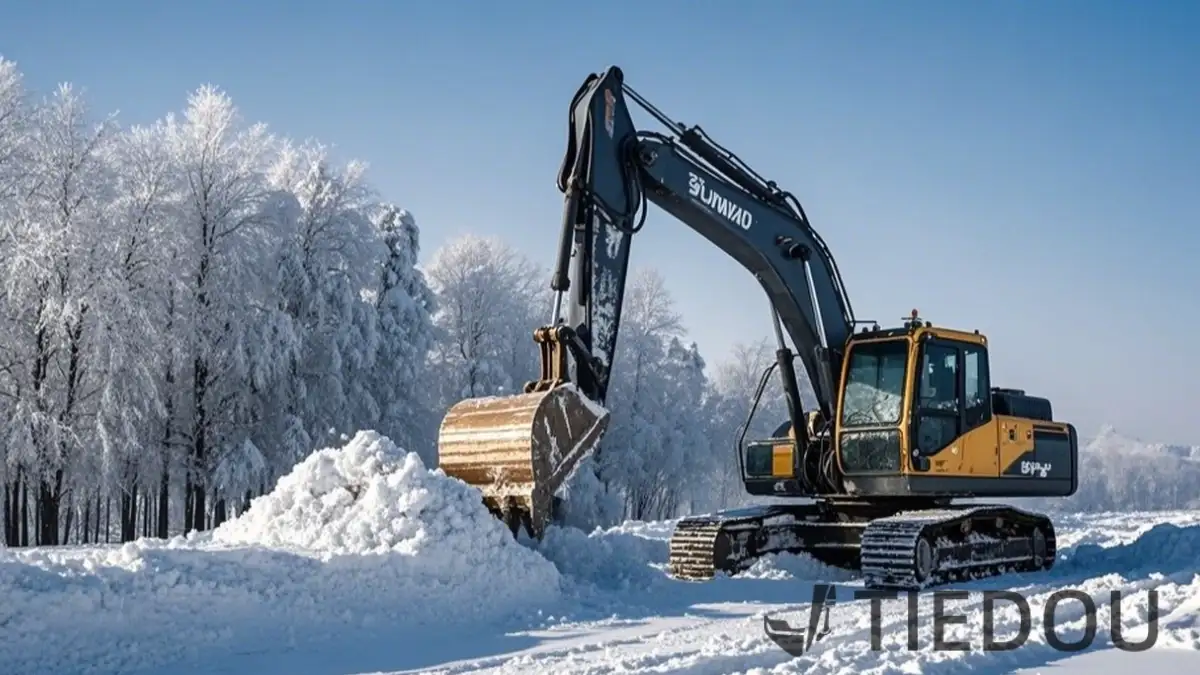
The
Kobelco SK350 stands out in the industry with its remarkable fuel economy. Its advanced electronically controlled hydraulic system can intelligently adjust the flow and pressure of hydraulic oil according to the load. In earthwork operations, it can save 10% - 15% of fuel consumption compared to some models in the same class. It also has a significant advantage in operation speed. The movements of the arm and boom are smooth and rapid, greatly enhancing the work efficiency. However, its relatively light body structure makes it prone to deformation of structural parts when operating under harsh heavy-load conditions such as in mines over a long period. Its durability is somewhat inferior. This model performs excellently in large construction sites with large earthwork volumes and relatively good working environments, such as large-scale land leveling in urban construction and foundation excavation in real estate development projects.
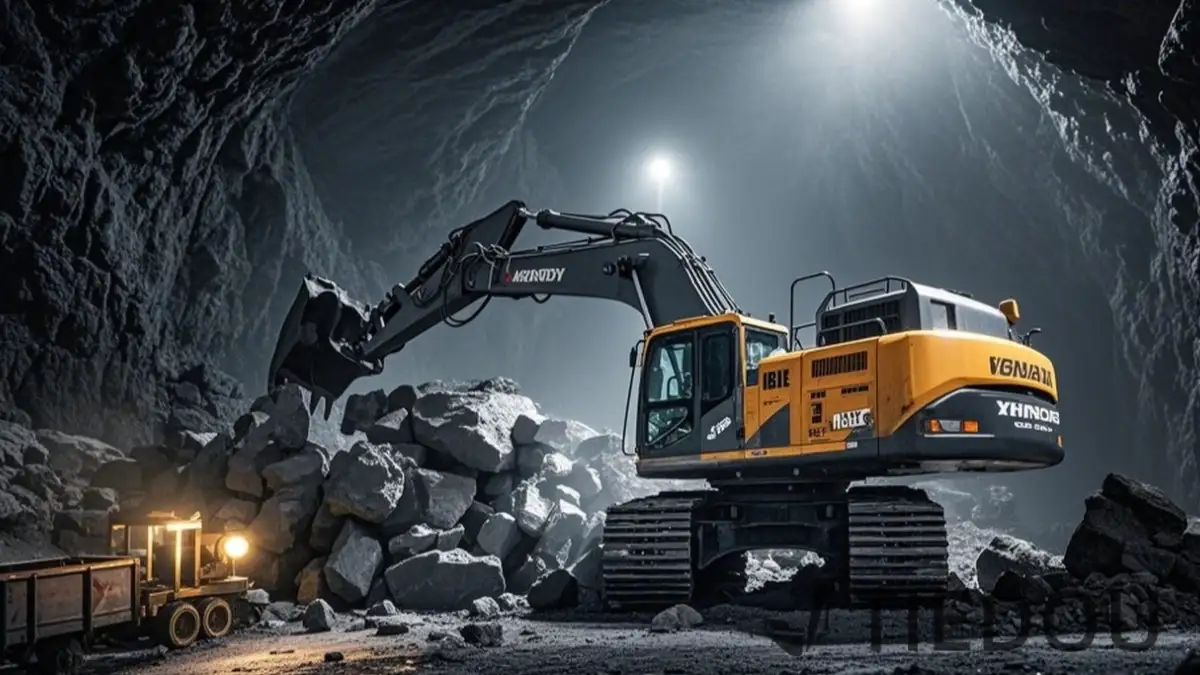
The
SANY SY365 is a leading domestic heavy machinery, renowned for its excellent cost-performance ratio. The self-developed high-performance engine delivers powerful driving force and works in perfect harmony with the hydraulic system, ensuring stable power output in various working conditions. It has a high level of intelligence. The onboard intelligent system can monitor the equipment status and fuel consumption in real-time, facilitating equipment management and maintenance for the owner. The after-sales service network in China is comprehensive, and even second-hand equipment can enjoy convenient services. Nevertheless, its brand influence in the international market is relatively weak, and there is still a gap in the technical content of some core components compared to top international brands. It is widely used in domestic infrastructure construction projects, such as earthwork excavation and material handling in highway and railway construction, as well as engineering projects that are sensitive to equipment procurement costs.
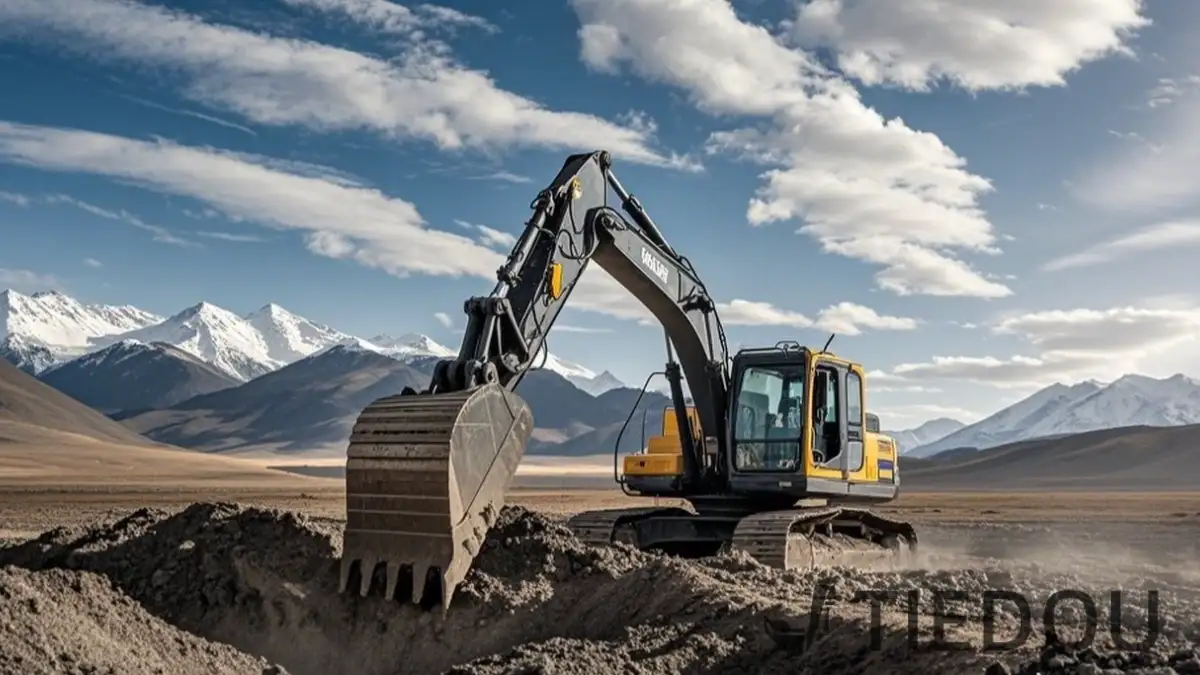
The
Caterpillar 336 is undoubtedly a "tough guy" for mining operations. The engine specially designed for heavy-load working conditions has a large torque reserve. When facing hard ores and rocks, it exhibits astonishing digging force. The chassis, made of high-strength steel and with an optimized structural design, can handle extremely harsh terrains like steep slopes in mines and rugged mountain roads with ease. The brand has a high residual value rate, and second-hand equipment has good market liquidity. However, due to its powerful performance configuration, it consumes more fuel, resulting in increased operating costs. It is the preferred model for heavy-load engineering fields such as mining and large quarries.
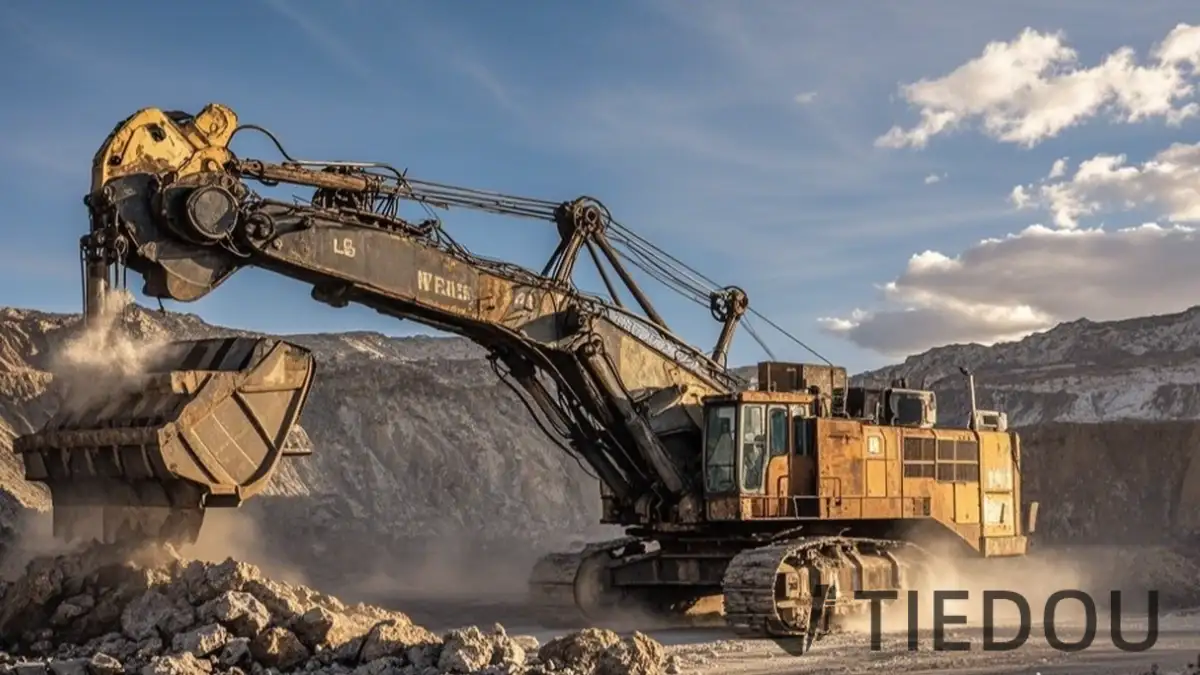
The Komatsu PC350 has always been well-regarded for its reliability. Its hydraulic system is stable and reliable, with high-quality hydraulic components that effectively reduce the probability of failures. The structural parts of the machine body have undergone strict strength tests and optimization designs, maintaining good stability even under long-term high-intensity operations. The operating comfort is excellent. The cab is spacious and bright, with a wide field of vision, and the operating levers are ergonomically designed. However, its price is relatively high. Whether it's new or second-hand equipment, the purchase cost makes it prohibitive for some budget-constrained users. It performs outstandingly in large earthwork projects, port logistics handling, and projects with high requirements for equipment stability.
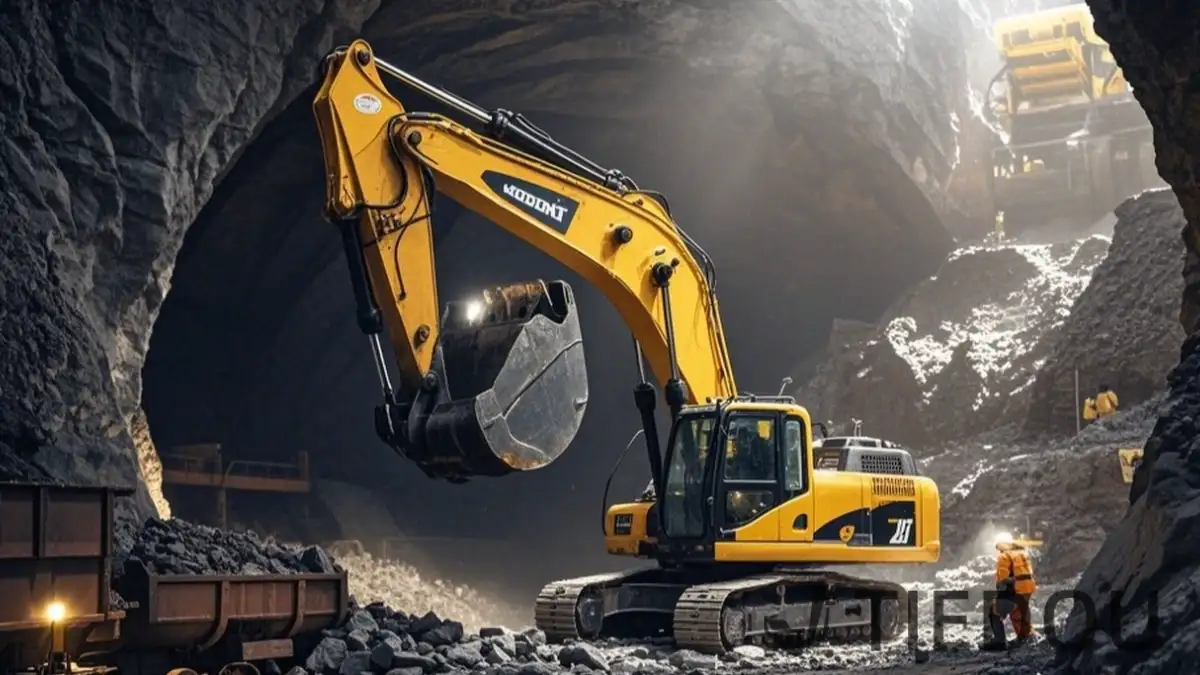
The Hitachi ZX350 focuses on precise and efficient operations. Its hydraulic system responds quickly, enabling precise control of digging movements and excellent performance in fine excavation work, such as trench excavation in urban pipeline laying projects. The advanced monitoring system can display the equipment's operating parameters in real-time, allowing operators to adjust the working state promptly. However, its later maintenance cost is relatively high. The replacement cost of some key components is not cheap, and it has strict requirements for maintenance, requiring the use of high-quality hydraulic oil and filter elements.
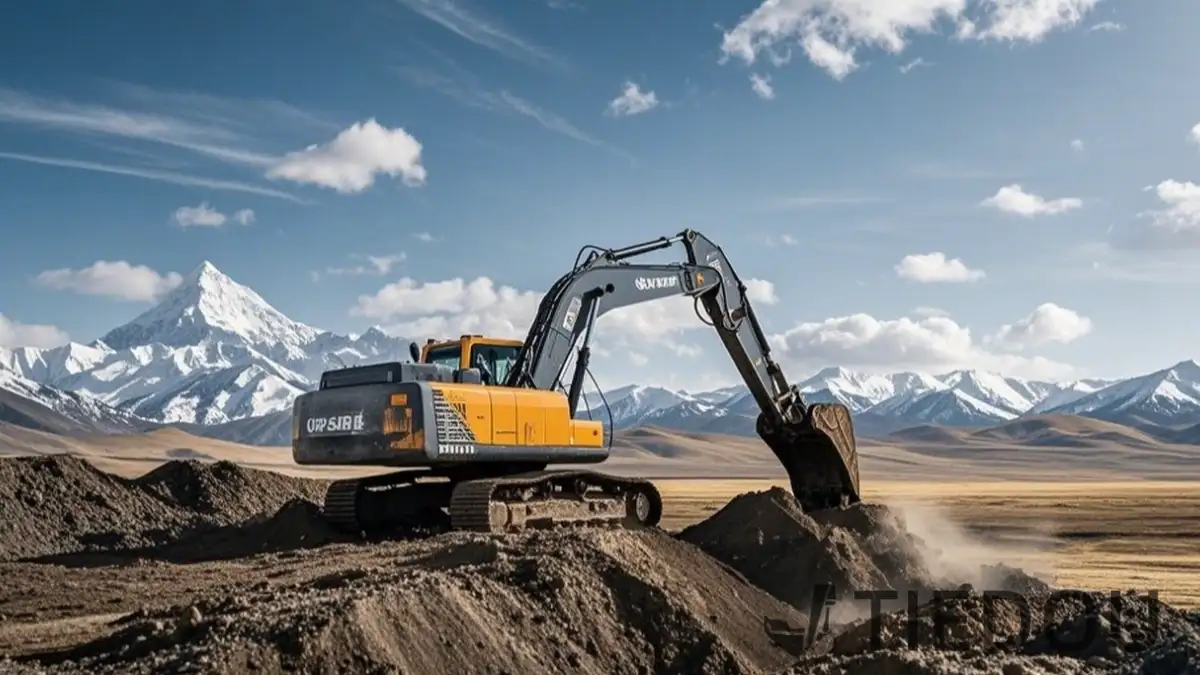
The Volvo EC360 is committed to achieving a balance between environmental protection and high efficiency. The engine adopts advanced emission reduction technologies, meeting strict environmental protection standards and having an advantage in operating in areas with high environmental requirements such as urban construction. The hydraulic system has significant energy-saving effects, and the intelligent control technology reduces energy losses. The cab environment is comfortable, with excellent noise and vibration control, effectively alleviating operator fatigue. However, the market share of the Volvo EC360 is relatively low. The availability of spare parts for second-hand equipment is not as convenient as some mainstream brands, and the waiting time for repairs may be longer. It is suitable for municipal engineering and landscape transformation projects in urban construction that have high requirements for environmental protection and comfort.
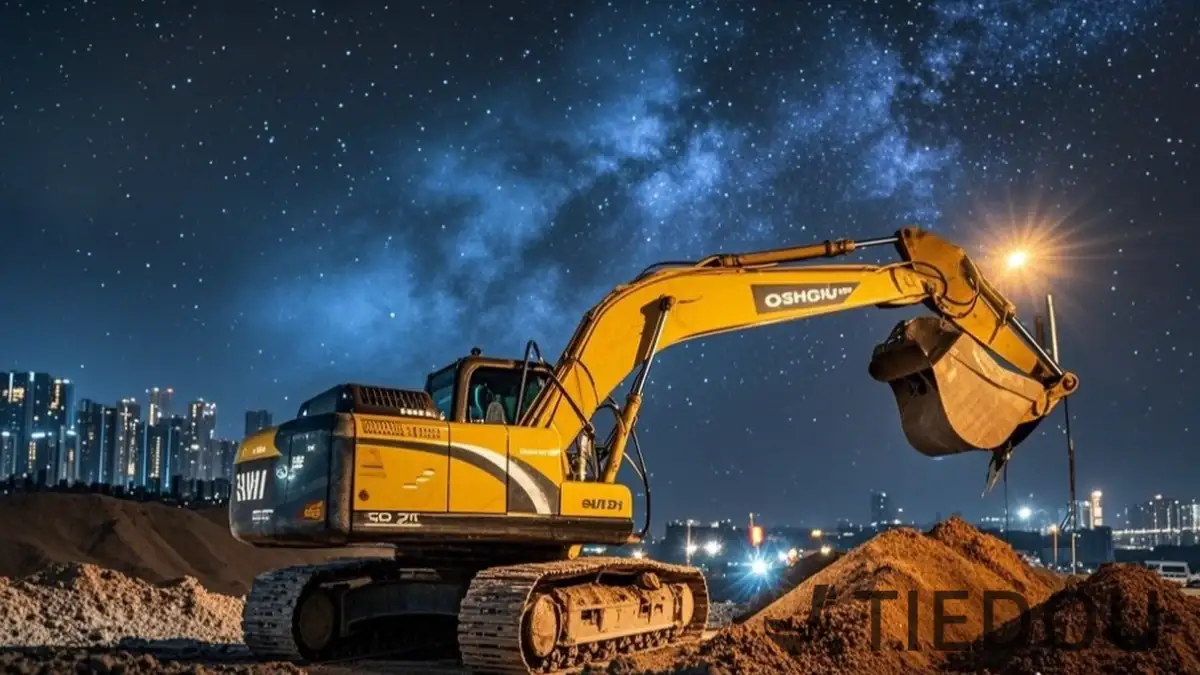
The Doosan DX345LC attracts many users with its affordable price. The equipped epod control system enables information sharing, ensuring efficient cooperation between the hydraulic system and the engine. The original imported engine has strong power, and combined with the hydraulic system composed of variable plunger pumps, the maximum flow rate of the main pump can reach 2 × 266l/min, providing stable and reliable operation performance. The super-thick wear-resistant steel plate design ensures the quality of key parts, and the after-sales service is timely and considerate. However, compared to high-end brands, its pace of technological innovation is relatively slow, and its ability to adapt to high-end functions and complex working conditions needs to be improved. For example, the stability of the equipment's performance may be affected to a certain extent under special working conditions. It is commonly used in small and medium-sized mining enterprises and local infrastructure projects and performs well in routine engineering operations such as earthwork excavation, road construction, and small-scale mining.
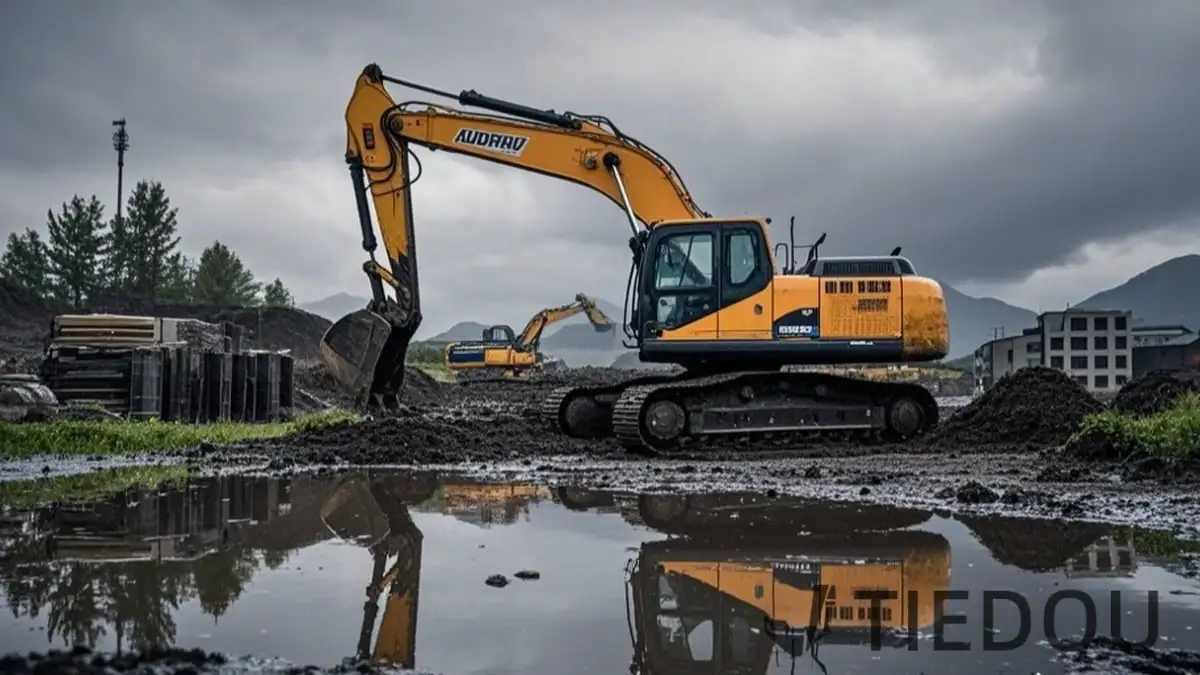
The Hyundai HX350L/R350LVS combines cost-performance and practicality. Equipped with efficient engines such as the Cummins L9 engine, with a power of 254kw/1,900rpm, it has strong power. The EPIC (Electronic Pump Independent Control) system and VPC (Variable Power Control) system are installed to optimize fuel economy. The standard large-capacity bucket improves work efficiency, and the new cab and intelligent instrument panel enhance driving comfort and convenience. Multiple advanced technologies reduce machine wear and ensure efficient operation. However, its reliability under extreme working conditions is not as good as some brands. It is prone to minor failures when operating under long-term heavy-load or harsh environments. For example, key components may wear out relatively quickly during high-intensity mining in large mines. It is suitable for general earthwork excavation, material handling, and engineering projects with less demanding equipment performance requirements, such as small construction sites and road widening projects in urban construction.
The Liebherr R924 LC is famous for its high-end technology and exquisite craftsmanship. Its hydraulic system and engine technology are at the leading level, with efficient power transmission and precise control of digging movements. In extreme environments such as deep-sea port construction and polar engineering, it can operate stably with excellent cold and corrosion resistance and powerful performance. The machine body structure is robust, and the manufacturing process is sophisticated, adapting to long-term high-intensity operations. However, the equipment is expensive, the technical requirements for maintenance and repair are high, the after-sales network is small, and the market stock of second-hand equipment is limited. Its popularity in the general engineering market is low, and the later maintenance and repair costs are high. It is often used in large-scale special projects, such as deep-sea port construction, polar engineering, and other projects with extremely high requirements for equipment performance and reliability, as well as high-precision excavation work in large and complex engineering projects.
When choosing a second-hand 35-ton excavator, it is necessary to comprehensively consider various factors such as your own engineering needs, budget, and equipment performance characteristics. If there is a large amount of earthwork and a limited budget, models with high cost-performance ratios such as the Doosan DX345LC and Hyundai HX350L/R350LVS are wise choices. For heavy-load operations such as mining, the Caterpillar 336 is undoubtedly the best partner. For urban construction projects that pursue fuel economy and work efficiency, the Kobelco SK350 or Volvo EC360 is more preferable. For projects with high-precision operation requirements, the Hitachi ZX350 can stand out. For large infrastructure construction and emphasis on brand reliability, the Komatsu PC350 is trustworthy. And for special projects or the pursuit of top-notch technology and craftsmanship, the Liebherr R924 LC is the top choice. Only by precisely matching your needs can you select the most suitable second-hand excavator from these ten popular models, helping you overcome obstacles and achieve success in the engineering field.
